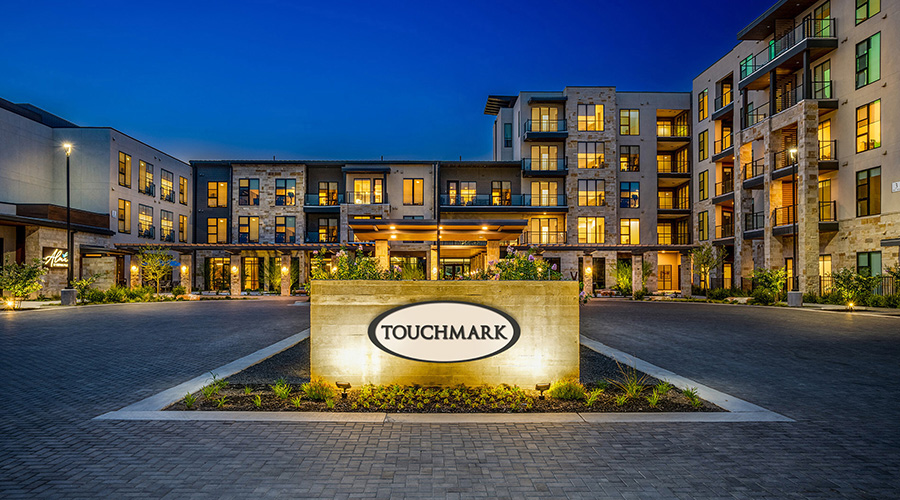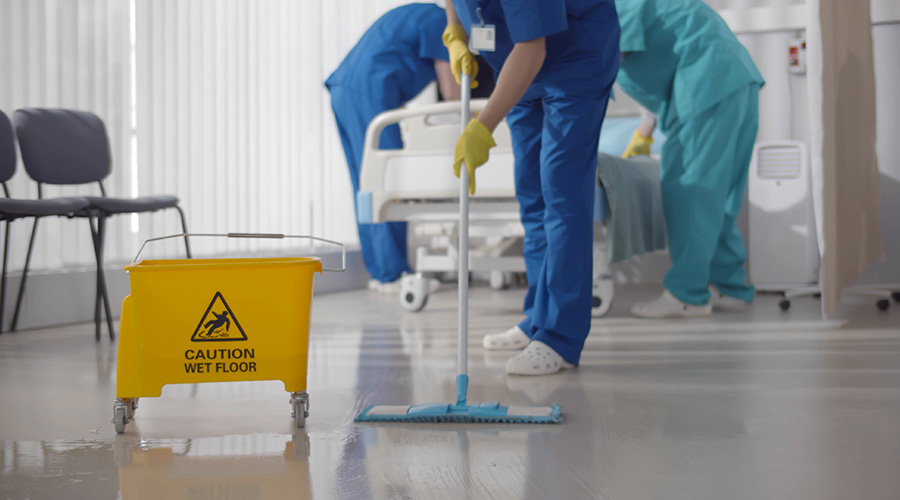The Inflation Reduction Act (IRA) was signed into law last summer in an effort to stem the rising inflation. Within the IRA was an enhancement to the 179D Energy Efficient Commercial Buildings Deduction. 179D itself is essentially providing an incentive for organizations to use more energy efficient technologies for their buildings.
However, there is more to 179D.
“The program out there [179D] encourages energy efficient commercial buildings and it has existed since 2005,” says Dean Zerbe, national managing director for alliantgroup. “What you have got now is in the most recent bill, the Inflation Reduction Act, they had several energy provisions and one of them was expanded 179D. It did two main things. One, it expanded up to $5 per square foot from $1.80 per square foot, adjusted for inflation, that you would get if you kind of overcome various ASHRAE standards. There is a significant tax benefit in that regard. It also expanded 179D for C3 and C4 nonprofits, which would encompass the tax-exempt hospitals.”
However, there are requirements organizations must meet so they can qualify for these tax benefits. As Zerbe mentioned, ASHRAE standards must be met but they are not the only prerequisites for qualification.
“It is a little bit of the Lord giveth the Lord taketh. That higher benefit only applies if the building was providing union wages,” says Zerbe. “So, if you are not doing that, then you still get a benefit, but it is a more reduced benefit that you are getting.”
How can healthcare facilities take advantage of this program? According to Zerbe, there are two main methods: “baked-in” design and retrofitting.
“Baked-in” design is exactly as it sounds, that is, designing with energy efficient technologies already in mind. By doing this, facilities would have this technology integrated into their designs long before construction ever started. However, this method is not viable for current facilities.
Retrofitting involves taking newer energy efficient technology and implementing it into already built facilities. This method tends to be more common and is just as qualified for receiving the 179D tax benefits.
“What I think hospitals and healthcare facilities should be thinking about is any technology that they are placing into service now or down the road as being potentially eligible for it,” says Zerbe. “What they can do is, like I said, kind of bake it into their proposals to say we are expecting you to meet these energy efficiencies to qualify for the 179D benefit. They also should be looking at revisiting both new buildings and rehabs to factor this into their bid process and into their design process to make sure that they are taking advantage of this benefit from the government. They want to see the energy savings will be meaningful in the long run.”
Whether it be the “baked-in” or retrofit approach, organizations can consider these factors when working with their designers to create a facility. This can take place both in their bidding and design phases for potential projects. This is all to improve energy efficiency within their facilities, and the benefits from doing so are twofold. That is, the tax benefits from 179D and overall energy savings.
“It is a win for everybody,” Zerbe says. “A win for the hospital with lower energy costs, a win for the designers with getting the allocated tax deduction and a win for the environment with having reduced energy requirements.”
Jeff Wardon, Jr. is the assistant editor for the facilities market.

 Building Sustainable Healthcare for an Aging Population
Building Sustainable Healthcare for an Aging Population Froedtert ThedaCare Announces Opening of ThedaCare Medical Center-Oshkosh
Froedtert ThedaCare Announces Opening of ThedaCare Medical Center-Oshkosh Touchmark Acquires The Hacienda at Georgetown Senior Living Facility
Touchmark Acquires The Hacienda at Georgetown Senior Living Facility Contaminants Under Foot: A Closer Look at Patient Room Floors
Contaminants Under Foot: A Closer Look at Patient Room Floors Power Outages Largely Driven by Extreme Weather Events
Power Outages Largely Driven by Extreme Weather Events